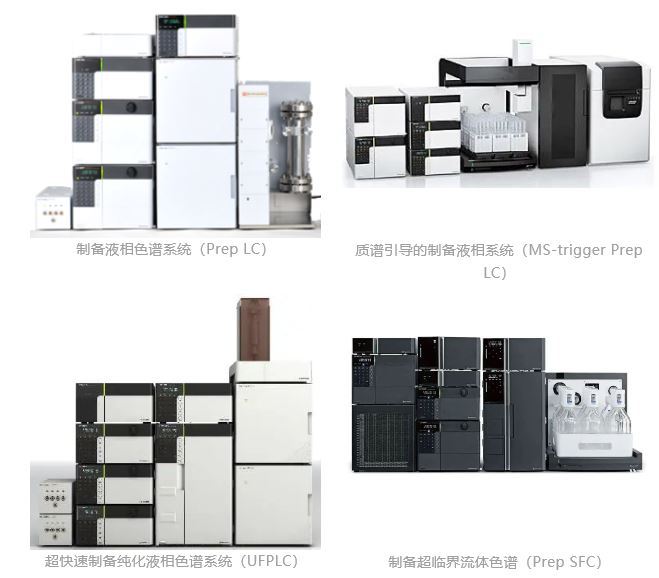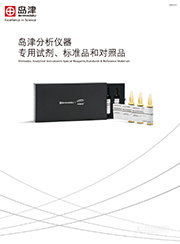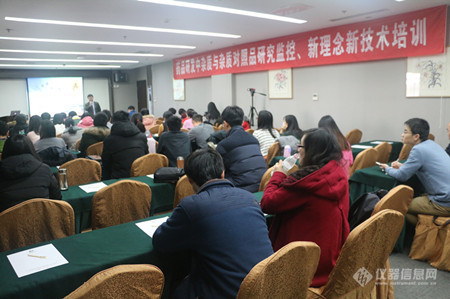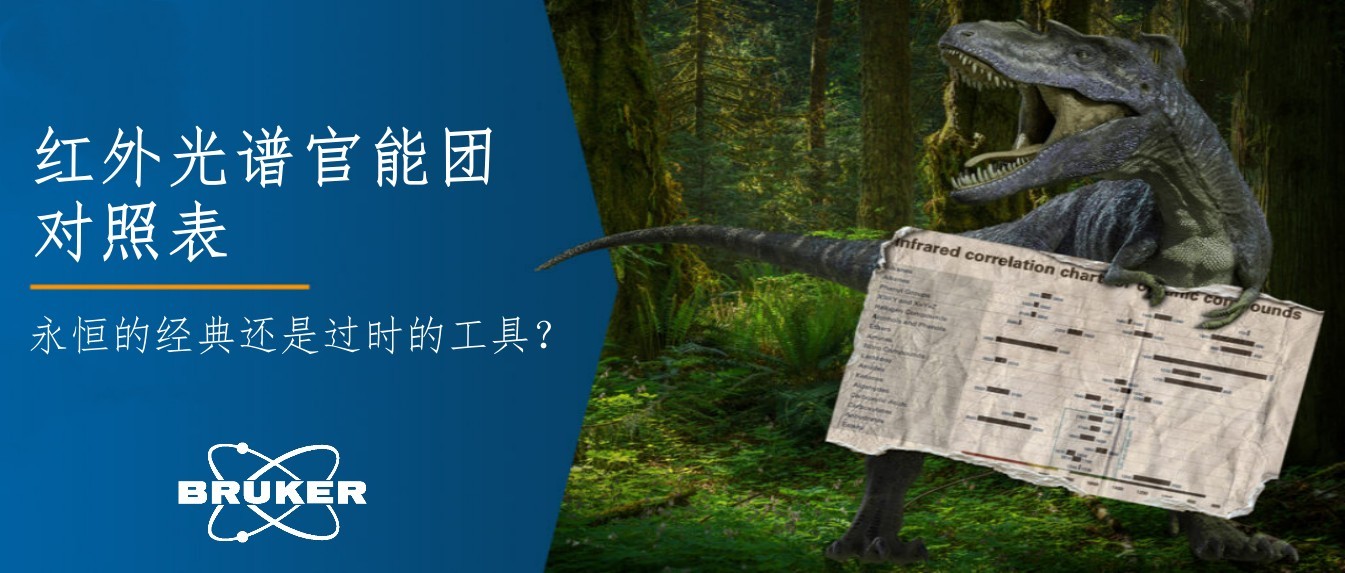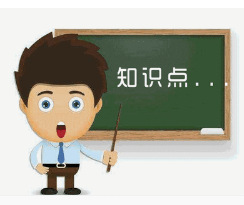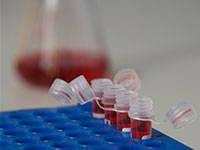Nature发文宣布改造影响因子重塑期刊评价体系(中英对照)
当地时间7月27日,Nature在线发表题为“Time to remodel the journal impact factor”的社论,并以“Nature and the Nature journals are diversifying their presentation of performance indicators”为小标题,宣告Nature出版集团将重塑期刊评价方式,改造期刊影响因子。 1. Nature改造影响因子的英文原文及翻译 Time to remodel the journal impact factor 是时候改造论文的影响因子体系了! Nature and the Nature journals are diversifying their presentation of performance indicators. Nature也正在紧锣密鼓地筹划:重新塑造影响因子评价体系,让评价体系多样化。 Metrics are intrinsically reductive and, as such, can be dangerous. Relying on them as a yardstick of performance, rather than as a pointer to underlying achievements and challenges, usually leads to pathological behaviour. The journal impact factor is just such a metric. Nature称期刊影响因子这种量化从本质上来说,过于简化,而且甚至在使用过程中还存在被滥用的风险。如果仅仅依靠期刊影响因子来衡量一篇文章的好坏,而不注重这篇文章所带来的潜在价值和引起的舆论影响,长此以往,这很容易导致一种病态行为。不得不说,期刊影响因子就是这么一种“病态”量化指标。 During a talk just over a decade ago, its co-creator, Eugene Garfield, compared his invention to nuclear energy. “I expected it to be used constructively while recognizing that in the wrong hands it might be abused,” he said. “It did not occur to me that ‘impact’ would one day become so controversial.” 正如在10年前那场演说中所预见的一样,影响因子的合伙创始人Eugene Garfield曾将影响因子与核能相媲美。他说道:“我希望它能发挥出建设性的作用,但我也知道它也有可能会被滥用。”但现在,他说道,我从来都没想到“影响因子”会引发如此大的争议。 As readers of Nature probably know, journal impact factors measure the average number of citations, per published article, for papers published over a two-year period. Journals do not calculate their impact factor directly — it is calculated and published by Thomson Reuters. 知道Nature 的读者都知道,期刊影响因子用来衡量过去两年期间所发表论文的平均引用数。这一数据不是由期刊中心直接计算给出的,而是由Thomson Reuters计算并发布的。 Publishers have long celebrated strong impact factors. It is, after all, one of the measures of their output’s significance — as far as it goes. 出版商们纷纷大肆宣扬其一路飙升的影响因子。不用说,大家也知道,对出版商而言,期刊影响因子就是评估其发行量的重要指标之一。 But the impact factor is crude and also misleading. It effectively undervalues papers in disciplines that are slow-burning or have lower characteristic citation rates. Being an arithmetic mean, it gives disproportionate significance to a few very highly cited papers, and it falsely implies that papers with only a few citations are relatively unimportant. 但是,影响因子本身就是一种比较原始的、粗暴的量化标准,因而常常带有一定的误导性。实际上,由于没有考虑到不同学科之间的差异性,它很容易低估那些“慢热”和“冷门”领域的文章。就单单依靠“算术平均”这一数值来进行评判,这显然是有问题的。对于那些“少而精”文章来说,在影响因子下所得到的影响力是严重不成比例的,同时,这也给读者发出了一个错误信息:低影响因子的文章也就是是不好、不重要的文章。 These shortcomings are well known, but that has not prevented scientists, funders and universities from overly relying on impact factors, or publishers (Nature’s included, in the past) from excessively promoting them. As a result, researchers use the impact factor to help them decide which journals to submit to — to an extent that is undermining good science. The resulting pressures and disappointments are nothing but demoralizing, and in badly run labs can encourage sloppy research that, for example, fails to test assumptions thoroughly or to take all the data into account before submitting big claims. 尽管大家都知道,影响因子天生就存在的缺陷,但依然受到了学术界得到热捧。大量科研工作者、经费管理者以及科研院校趋之若鹜,纷纷将其作为学术水平的评估指标,出版商(包括Nature)也不遗余力地宣传影响因子的作用。这样所带来的后果就是:研究者们开始利用影响因子的高低来选择投递哪一家期刊,这在很大程度上抹杀了“科学氛围”。其中不乏令人痛心的案例比比皆是,比如:一些道德败坏的科研机构甚至大力提倡“科研快餐”文化——在没有理论、实验做有力的支撑下,就开始胡编乱造,或者没有充分地把问题思考清楚,就完成了一篇“杰作”。 The most pernicious aspect of this culture, as Nature has pointed out in the past, has been a practice of using journal impact factors as a basis for assessment of individual researchers’ achievements. For example, when compiling a shortlist from several hundred job applicants, how easy it is to rule out anyone without a high-impact-factor journal in their CV. 这种方式最不利的方面,就是用期刊影响因子作为评价个体的研究成果已经成为一种习惯。例如,当从几百个求职者名单选人时,如果他们简历没有高影响因子期刊的成果,很容易就被去掉。 How to militate against such a metrics-obsessed culture? 如何防止痴迷于这种量化指标呢? First, an approach that some have applied in the past and whose time has surely come. Applicants for any job, promotion or funding should be asked to include a short summary of what they consider their achievements to be, rather than just to list their publications. This may sound simplistic, but some who have tried it find that it properly focuses attention on the candidate rather than on journals. 首先,有一种已经经过时间检验的方法。任何求职、晋升或资金申请,当事人都要求提供一个简短总结。列出他们认为他们自己的重要工作,而不是只列出他们的作品。这听起来可能是简单的,但有些尝试它的人发现,我们需要将注意力集中在候选人,而不是在期刊上。这一点确实很难做到。 Second, journals need to be more diverse in how they display their performance. Accordingly,Nature has updated its online journal metrics page to include an array of additional bibliometric data. 第二,期刊需要多样化的展示,而不单只依靠影响因子。为此,Nature 已经更新了其在线杂志数据页,包括额外的许多新的计量数据。 As a part of this update, for Nature, the Nature journals and Scientific Reports, we have calculated the two-year median — the median number of citations that articles published in 2013 and 2014 received in 2015. The median is not subject to distortion by outliers. (The two-year median is lower than the two-year impact factor: 24, down from 38, for Nature, for example.) For details, seego.nature.com/2arq7om. Nature的另一新变化是:他们表示,将公布2013、2014及2015近3年的发表论文的引用中位数。引用中位数的优点是,它将不会受到“超高人气”引用文章的影响,因此更加客观准确。(引用中位数往往低于影响因子,例如nature的影响因子是38,而引用中位数只有24.)有关详细信息,见于go.nature.com/2arq7om.。 Providing these extra metrics will not address the problem mentioned above of the diversity in citation characteristics between disciplines. Nor will it make much of a dent in impact-factor obsessions. But we hope that it will at least provide a better means of assessing our output, and put the impact factor in a better perspective. 提供这些额外的指标将不会解决我们提到的学科差异性问题。这也不会成为是困扰影响因子的一个难题。但我们希望它至少提供一个更好的方法来评估我们的成果,将影响因子改造得更好一些。 However, whether you are assessing journals or researchers, nothing beats reading the papers and forming your own opinion. 然而,无论你是评估期刊编辑还是研究人员,更重要的是,通过阅读论文形成自己的观点。而不是影响因子什么的鬼东西。 Nature,535,466,(28 July 2016) doi:10.1038/535466a 2. Nature、Science等最强声音加入打击影响因子的行列 近日,PLoS、eLife、EMBO Press、Science Journals、Springer Nature、the Royal Society等多家主流出版集团的高层人员共同合作,在预印本网站bioRxiv上刊登了抵制影响因子的文章。文章明确指出了影响因子对个体文章和学者学术水平评价过程中的不利影响,并建议所有期刊采用新的评价体系——引用分布 (Citation Distribution),以更加合理真实的反应个体的工作情况,避免影响因子在学术评估中的不恰当使用。文以Science、Nature、eLife和PLoS的11个期刊为例,列出这11个期刊2013-2014年文章的引用分布情况,然后与2015年期刊影响因子进行对比。结果发现,在这些期刊中大多数论文的引用次数都低于所在期刊的影响因子。Nature 的影响因子为38.1,但是实际上却有多达74.8%的文章引用次数低于其影响因子,相似的情况也发生在Science和 PLos中,造成这种现象出现的原因是少数高引文章的存在拉高了整体文章的影响因子。 有人觉得这是站着说话不腰疼: "呵呵,Nature,Science这帮人居然有脸来分析影响因子" "大家快来看啦:PLoS,Science,Nature,EMBO四大贵族说它们觉得影响因子不好用啊喂" 有人为之欢呼雀跃,奔走相告: "好棒耶,简直太及时了,我们得赶紧支持这个啊。@跟我一起正在发愁发论文的好基友" 有人则更加理性从容: "这无疑是替代一度有用无奈现如今被滥用的影响因子的最佳选择" 当然不管面对多么严肃的事情,都始终少不了那些幽默派的身影。 "嗯,这是我今晚的思想盛宴,你们要不要来一碗?" "什么?神圣的影响因子说被践踏就被践踏? 3. SCI被卖第二天,美国微生物学会(ASM)宣称放弃影响因子 上周《昨日SCI被237.3亿抛售》在科研界的朋友圈阅读达到近60万。可见大家对这次事情的重视程度。墙倒众人推,SCI被卖第二天,美国微生物学会(ASM)官网最新消息:ASM期刊总编和ASM领导层决定,以后将不在ASM期刊网站上公布影响因子(IFs)。 全文及其译文如下 Many scientists attempt to publish their work in a journal with the highest possible journal impact factor (IF). Despite widespread condemnation of the use of journal IFs to assess the significance of published work, these numbers continue to be widely misused in publication, hiring, funding, and promotion decisions . 很多科学家都尝试着将他们的文章发表在具有高的影响影子的期刊上,尽管使用影响因子来评估发表论文的重要性受到广泛的谴责,但影响因子仍被广泛滥用于出版、求职、项目申请和职务晋升等等各种科研环节. There are a number of problems with this approach. First of all, the journal IF is a journal-level metric, not an article-level metric, and its use to determine the impact of a single article is statistically flawed since citation distribution is skewed for all journals, with a very small number of articles driving the vast majority of citations. 影响因子这种方法有很多问题,首先,期刊的影响因子是期刊水平的度量标准,而不是一篇文章水平的度量标准,将其用于决定一篇文章的影响力是存在统计缺陷的。由于所有期刊的引文是不均匀的,可能少数的文章高引推高了杂志的影响因子。 Furthermore, impact does not equal importance or advancement to the field, and the pursuit of a high IF, whether at the article or journal level, may misdirect research efforts away from more important priorities. 此外不论文章还是杂志,影响力也不等于领域的重要性或前沿性,追求高影响因子会误导大众,我们需要关注的是研究成果而不是关注其他更为重要的优先事项。 The causes for the unhealthy obsession with IF are complex. High-IF journals limit the number of their publications to create an artificial scarcity and generate the perception that exclusivity is a marker of quality. The relentless pursuit of high-IF publications has been detrimental for science. 人们不理性的痴迷于影响因子的原因是复杂的。高影响因子的期刊限制了出版物的数量造成人为的稀缺性观念,通过限制发文量提高杂志的质量。不懈追求高影响因子科学出版物是有害的。 This behavior is an example of the economic phenomenon known as the “tragedy of the commons”, in which individuals engage in a behavior that benefits them individually at the expense of communal interests. 这一行为在经济学中被称为“公地悲剧”。个人总是自发参与到那些有利于自己但不利于社会大众的行为中去。 Individual scientists receive disproportionate rewards for articles in high-IF journals, but science as a whole suffers from a distorted value system, delayed communication of results as authors shop for th"font-family: ' times new roman' "4. 墙倒众人推是商业炒作还是为了科研的未来,值得深思? 《科学通报》主编、中科院院士高教授说:“这就是正常的商业运作,对国内科研现状不会有什么影响。”为什么Nature、Science借此机会炒作。我们有理由相信这次Nature、Science可能是想推出自己的评价体系,插足影响因子市场,才大唱高调打击影响因子。 正所谓墙倒众人推,随着SCI被转手卖给新东家,新的科研评价体系纷纷趁此机会。期刊期望引文数(Journal Expected citations,标准化特征因子(Normalized Eigenfactor),期刊影响因子百分位(Journal Impact Factor Percentile),期刊规范化的引文影响力(JNCI),等等,抢滩登陆,一场群雄混战势必将要到来,至于最后到底是谁定鼎中原,那就有待时间的检验和广大科研群众的选择了。 中国科学院文献情报中心吴研究员说:汤森路透出售SCI等知识产权和科技业务,从本质上说是基于利润与市场的商业行为。知识产权与科技业务和汤森路透的金融、新闻业务相比,业务方向和利润贡献率均不理想。换句话说,汤森路透觉得这块业务不挣钱。当然,SCI等二次文献在中国的销售相当不错,但在国外却并不乐观 这与一次文献欧美占大头的销售的情况相左。如果未来中国对SCI的热情逐渐消退,这次35.5亿美元接手SCI等业务的Onex公司和霸菱亚洲投资基金公司,会不会难以出货呢?拭目以待。 随着Nature、Science这些强有力的对手登台亮相,这次影响因子之战注定越来越好看。 墙倒众人推是商业炒作还是为了科研的未来,值得深思? 附录Nature和Science,发行百年来一直是科学领域最具影响力的媒介 Nature 杂志由英国Nature 出版集团(Nature Publishing Group , NPG) 出版发行,该集团是麦克米兰出版有限公司(Macmillan Publisher Ltd) 的科学出版机构,总部设在伦敦,另在纽约、旧金山、华盛顿特区、东京、巴黎、慕尼黑等地设有办事处,是一个全球性的出版公司,在世界各地拥有大量的读者。NPG的品牌期刊是Nature 杂志,每周一期, 发行140 年来一直是科学研究领域最具影响力的媒介之一。Nature还有8种姊妹月刊: Nature genetics(1992 年创刊) , Nature Structural & molecular Biology (原名为Nature Str




